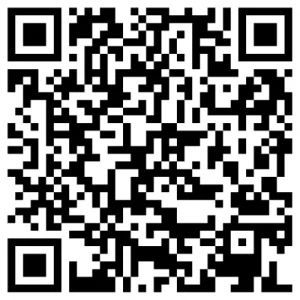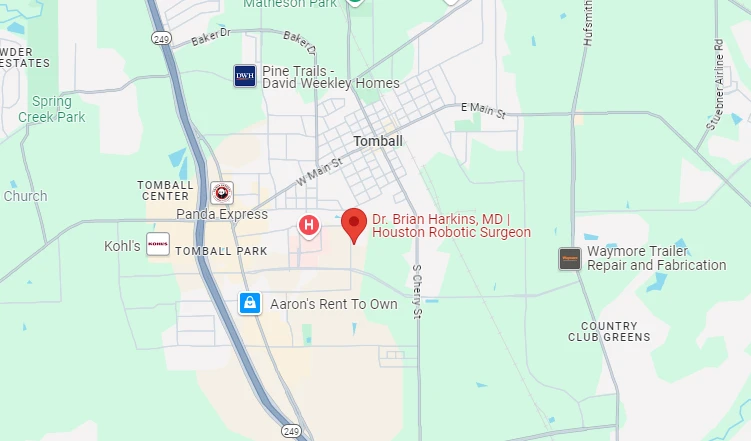
Houston, we have a problem—especially if your gallbladder is staging a rebellion. The first signs of a bad gallbladder in Houston, TX can include sudden, intense pain in the upper right abdomen, often after eating, particularly those legendary high-fat Texas meals. You might blame last night’s queso, but if the pain radiates to your back or right shoulder and is followed by nausea, bloating, or burping, you may be facing an early gallbladder attack. Recognizing these signs and symptoms early lets you seek help before a full-blown crisis triggers a 2 a.m. sprint to a Houston ER.
Your gallbladder is a small, pear-shaped pouch beneath the liver. It stores and concentrates bile before releasing it into the small intestine for digestion. When bile thickens into stones or ducts inflame, pressure builds inside the organ, causing sharp, unrelenting abdominal pain. Left unchecked, stones can block the bile duct, inflame the organ wall, or even raise the long-term risk for gallbladder cancer.
| Early Symptom | Sensation & Clues | Typical Timing | Common Houston Triggers |
|---|---|---|---|
| Upper-right abdominal pain | Sharp, stabbing, or cramping; can move to back or right shoulder blade | 30 min–2 hrs after eating | Fajitas with queso, fried catfish, brisket |
| Nausea / Vomiting | Queasy stomach; vomit may appear green from bile | Alongside or after pain | Heavy, late-night meals |
| Bloating / Gas | Feeling “full” quickly, repetitive burping | Post-meal or random | Carbonated drinks, greasy snacks |
| Low-grade fever | 99–101 °F, chills possible | Ongoing inflammation | Untreated gallstone obstruction |
| Jaundice | Yellow skin or eyes, dark urine | Later stage / serious | Stone lodged in common bile duct |
Early symptoms of gallbladder disease often masquerade as indigestion. Watch for patterns of intense location-specific pain plus digestive upset. The hints below can help distinguish queso guilt from a true gallbladder disorder.
Houston cuisine is legendary—smoky BBQ, creamy Tex-Mex, fried Gulf shrimp. Unfortunately, these high-fat delights spike cholesterol levels, thickening bile and creating gallstones. Add long, sedentary commutes on I-45 and you’ve got a perfect storm for developing gallbladder problems.
If pain recurs, lasts more than an hour, or you experience fever, jaundice, or relentless vomiting, schedule a same-day visit with your doctor. Houston traffic is bad, but an untreated, inflamed gallbladder is worse.
Physicians confirm or rule out gallbladder disease with imaging and lab work. Early diagnosis of gallbladder issues prevents chronic complications and lowers the odds of open surgery.
| Diagnostic Test | What It Shows | Prep Needed | Where in Houston |
|---|---|---|---|
| Abdominal Ultrasound | Stones, sludge, or thickening of the gallbladder wall | Fast 6 hours | Most hospitals & mobile imaging vans |
| HIDA Scan | Measures gallbladder function and emptying rate | IV tracer; 4-hour window | Texas Medical Center & major radiology suites |
| CT Scan | Detects complications or alternative causes of pain | Possible contrast drink/IV | Level-1 ERs and large clinics |
| ERCP | Views and removes stones blocking the bile duct | Endoscopic; sedation | Specialized GI suites |
| Blood Panels | Checks infection markers and liver enzymes | Simple blood draw | Any Houston lab (Quest, Labcorp) |
Mild flare-ups sometimes respond to conservative gallbladder treatment. Always follow medical advice; ignoring discomfort invites repeat attacks and could make surgical removal of the gallbladder unavoidable.
Prevention hinges on keeping bile moving and cholesterol balanced. Smart dietary swaps, steady exercise, and proper hydration dramatically reduce the odds of a future severe gallbladder attack.
If stones keep forming despite lifestyle changes, laparoscopic surgery to remove your gallbladder may be recommended. You’ll still digest food; the liver will drip bile continuously into the intestine.
Aching, upper-right abdominal pain, nausea, bloating, and low-grade fever often serve as early signs of gallbladder trouble. Recognizing these symptoms, understanding your personal risk, and getting early imaging can prevent a midnight emergency. With proper gallbladder care, you can keep enjoying Houston’s vibrant food scene—minus the abdominal alarms.
Yes. A gallbladder attack sometimes radiates pain into the chest or sternum, mimicking heartburn or even cardiac symptoms. If you experience chest pain plus nausea or right-sided tenderness after a fatty meal, consider both heart and gallbladder causes and seek prompt evaluation to rule out more serious issues.
Some small cholesterol stones respond to medications like ursodiol, which can dissolve them over several months. The approach works best when stones aren’t calcified and the gallbladder still functions. Your physician will use ultrasound and a HIDA scan to decide whether non-surgical therapy is practical for you.
Extreme diets or bariatric surgery can cause the liver to release extra cholesterol into bile. At the same time, the gallbladder empties less frequently during low-fat dieting, allowing crystals to form. A slow, steady weight-loss plan that includes some healthy fats keeps bile moving and lowers stone formation.
Gallbladder polyps are tissue growths that project from the lining of the organ. Most are benign cholesterol polyps under 1 cm and require only periodic ultrasound monitoring. Polyps over 1 cm, rapid growth, or associated symptoms may prompt surgical removal due to a small risk of gallbladder cancer.
Absolutely. After removal, bile drips continuously from the liver into the small intestine. You may need to adjust by eating smaller, more frequent meals for a few weeks. Most patients resume a normal diet and lifestyle, though limiting very high-fat foods often prevents loose stools and discomfort.
Genetics play a role. If immediate family members had gallstones or gallbladder cancer, your own risk rises. Inherited traits can affect bile composition, metabolism, and duct anatomy, making stone formation more likely. Discuss your family history with your healthcare provider for tailored screening recommendations.
A stone lodged in the common bile duct can cause jaundice, severe pain, and potentially life-threatening infections like cholangitis or pancreatitis. Endoscopic retrograde cholangiopancreatography (ERCP) is often used to remove the obstruction promptly, preventing bile backup and further complications.
Yes. Gallstones can migrate and obstruct the shared channel where the bile duct and pancreatic duct empty into the small intestine. Blockage traps digestive enzymes inside the pancreas, leading to inflammation known as gallstone pancreatitis—a medical emergency requiring urgent intervention.
No evidence-based diet dissolves existing stones quickly. However, high-fiber, low-cholesterol meals may prevent additional stone growth and improve bile composition. Maintaining healthy hydration and including moderate amounts of unsaturated fats keeps bile flowing, which can reduce the likelihood of new stone formation.
Laparoscopic cholecystectomy uses small incisions and a camera, leading to less pain, minimal scarring, and faster recovery—often same-day discharge. Open surgery involves a larger right-subcostal incision, reserved for complex cases like severe inflammation, scarring, or suspected cancer. Recovery can take four to six weeks for open procedures.


Dr. Brian Harkins is a renowned surgeon specializing in advanced, minimally invasive, and robotic surgical techniques. With a dedication to innovation and personalized patient care, he has transformed countless lives by delivering exceptional outcomes.

I want a website like this, where do i start?